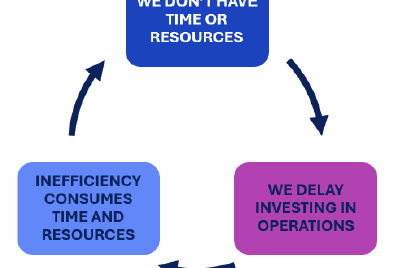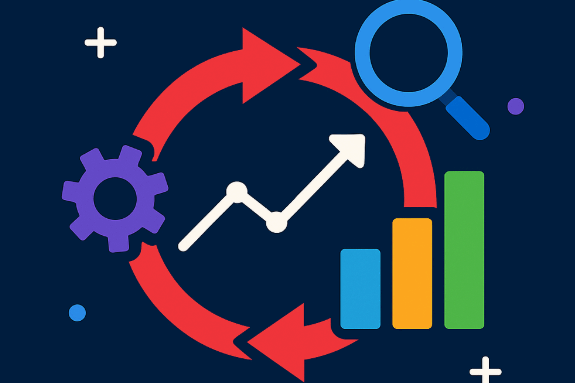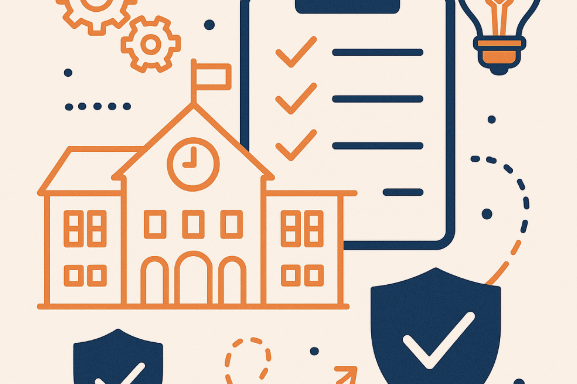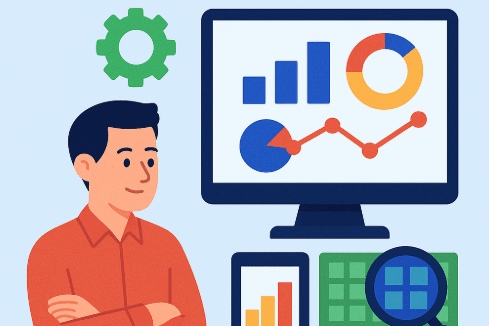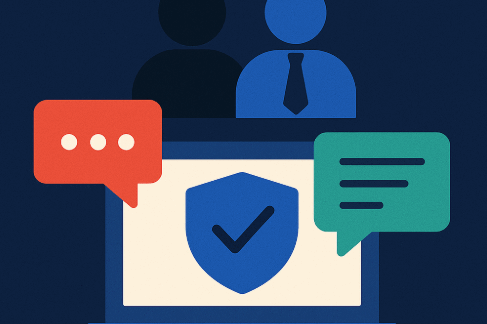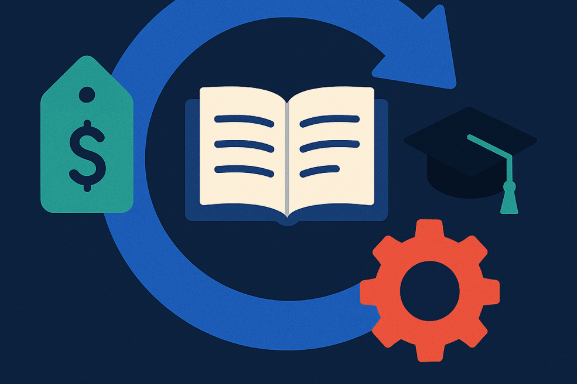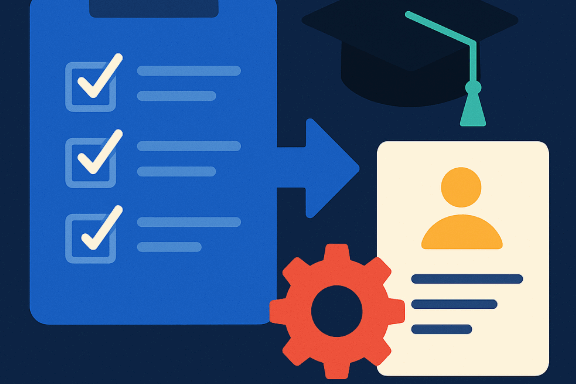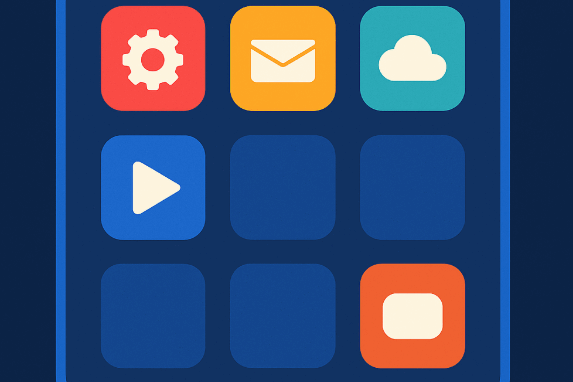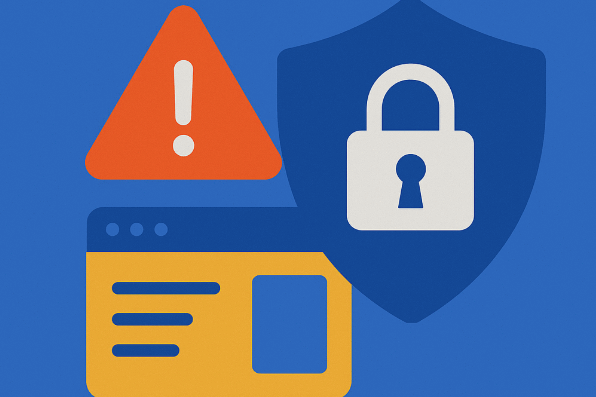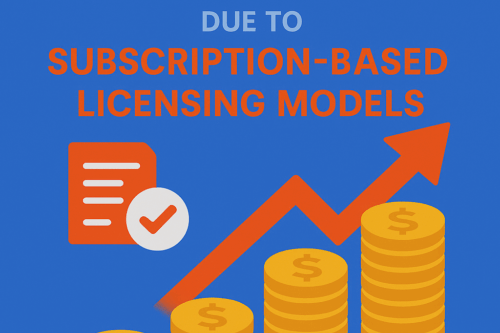Modernizing K-12 Operations for the Next Era of Learning
Executive Summary Despite major strides in classroom innovation—1:1 devices, adaptive software, learning management systems—the backbone of many K‑12 systems remains mired in outdated, fragmented operational processes. Purchase orders still travel via paper or email, contract renewals are invisible at best, and decisions stall for lack of real-time data. District leaders…


